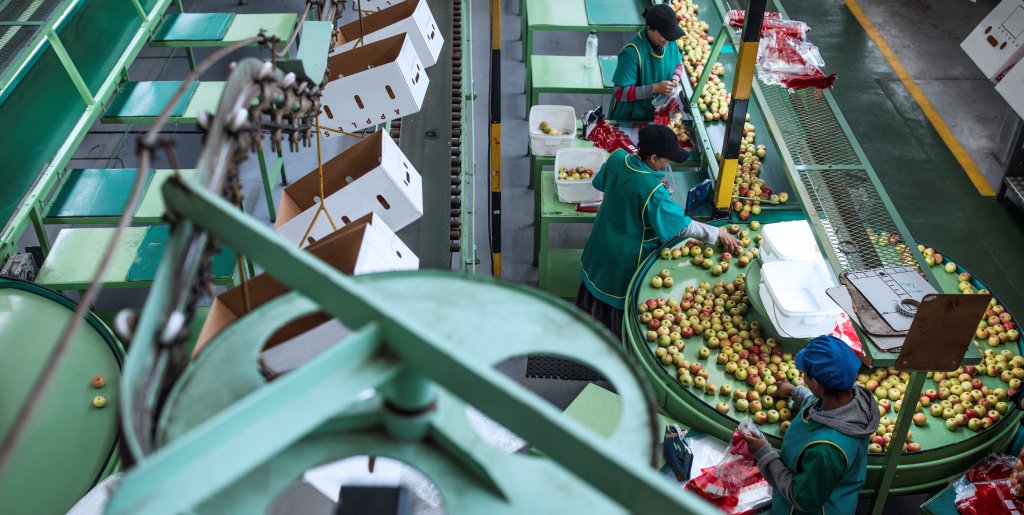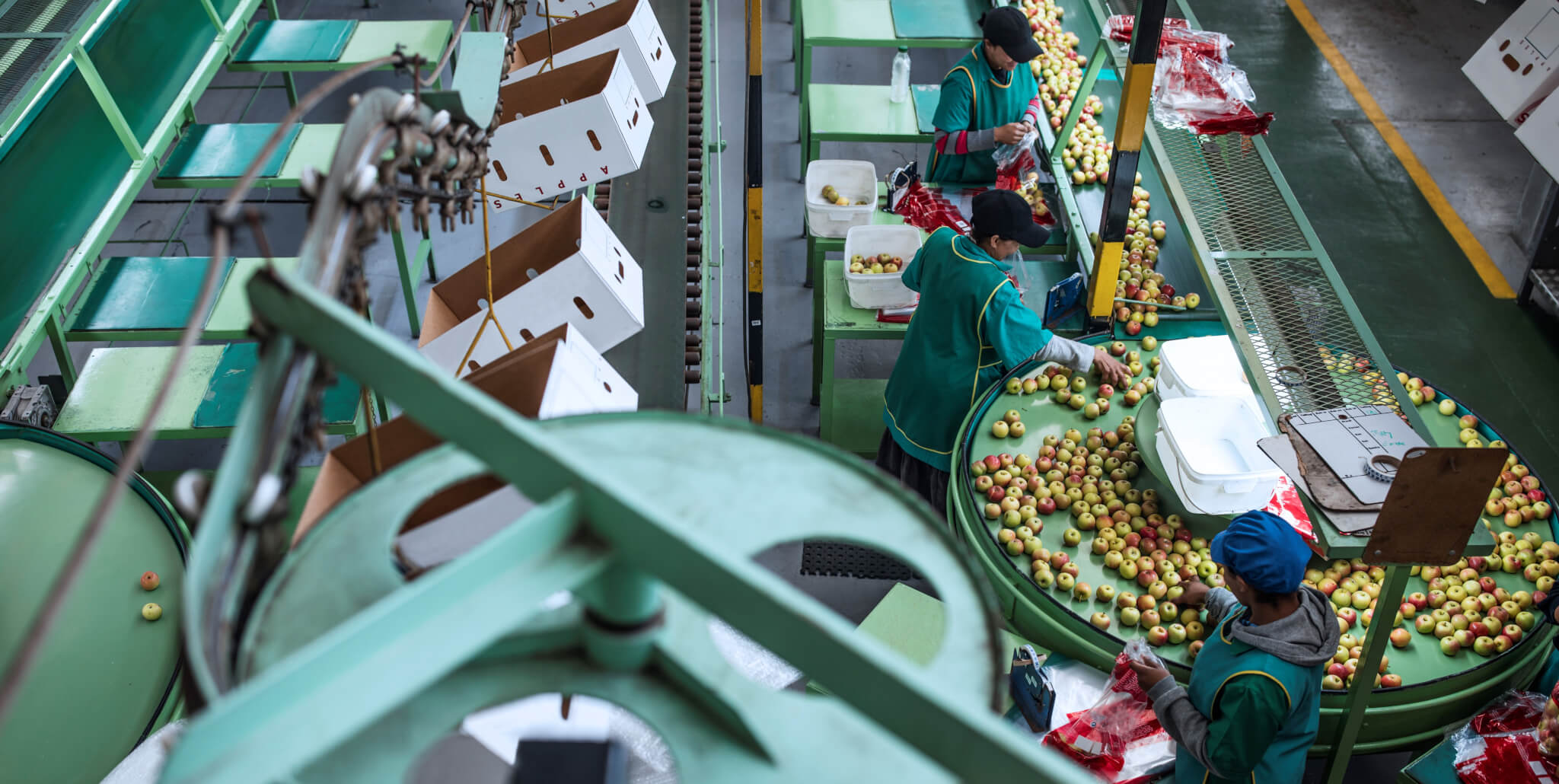Theme 2: Natural and Built Environment
Sustainable Consumption and Production (SCP)

Overview
This section evaluates the response of governments, producers (meaning farmers and manufacturers) and consumers by assessing the question of how to ‘produce’ and ‘consume’ within more sustainable and inclusive development objectives. It highlights the importance of behavioural barriers to change – whether rooted in socially accepted norms of consumption – or in skewed priorities of corporate governance.











